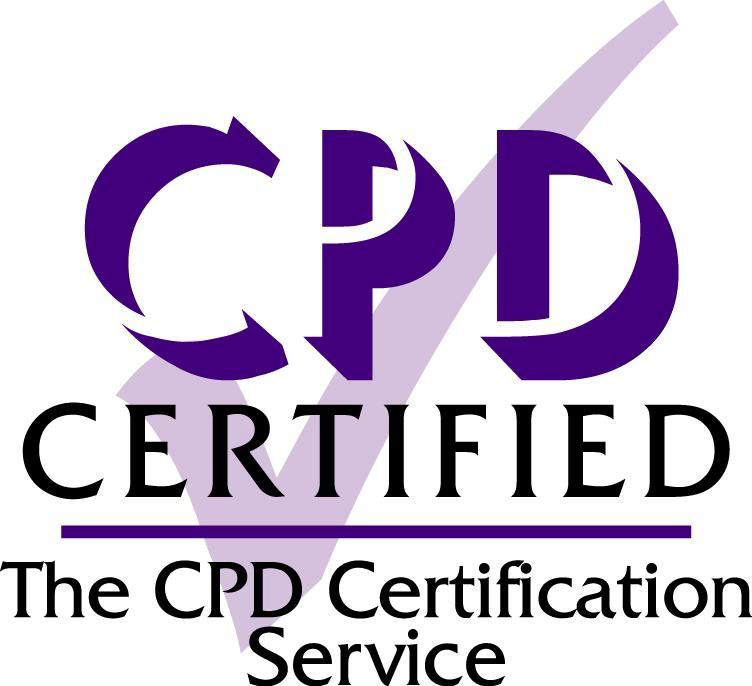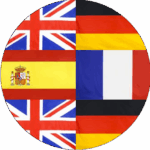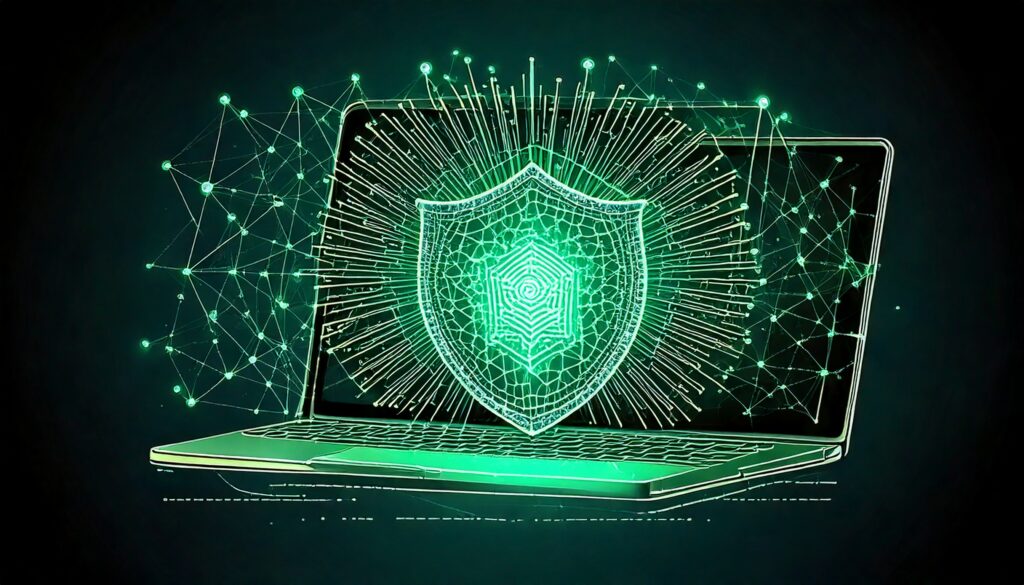

About the course
This course offers an in-depth exploration of the hugely diverse and fascinating field of quantum sensing and imaging, where participants will learn how underlying quantum and atomic physics are revolutionising the way we perceive and measure the world around us. Throughout the course, an overview of underlying enabling technologies, use-cases as well as highlights of the rich ecosystem of companies working on this field are also provided. This course is accessible to all though having a basic understanding of quantum physics is recommended.
Learning objectives
- Understand the fundamental principles of quantum mechanics and their relevance to sensing and imaging applications.
- Discover different types of quantum sensors, from chip-scale atomic clocks to enormous interferometers, as well as quantum-enhanced imaging techniques and their impacts.
- Learn about the latest advancements in quantum sensing and imaging technologies and their applications across numerous fields.
- Explore real-world use cases and applications of quantum sensing and imaging and explore emerging trends and future directions in the field.
What skills you will learn
- Technical Skills: Understand the basic principles of quantum mechanics and their application to quantum sensing and imaging technologies. Learn about various quantum sensors, including atomic, optical, and magnetic sensors, and explore quantum-enhanced imaging methods. Explore advanced quantum imaging techniques such as quantum illumination and quantum ghost imaging.
- Business Skills: Understand the market landscape for quantum sensing and imaging technologies, identifying key players and emerging trends. Evaluate real-world applications of quantum sensing and imaging in various industries, including healthcare, environmental monitoring, and materials science. Gain insights into the process of bringing quantum sensing and imaging technologies to market, including regulatory considerations and potential business opportunities.
Course Structure
- Evolution of Quantum Sensing
- Fundamental Principles of Quantum Mechanics
- Key Technologies in Quantum Sensing
- Knowledge Check
- Principles of Atomic Clocks
- Applications of Atomic Clocks
- Advanced Topics in Atomic Clocks
- Basics of Inertial Sensors
- Quantum Inertial Sensors
- Applications of Quantum Inertial
- Fundamentals of Magnetic Sensing
- Quantum Magnetometers
- Applications of Quantum Magnetometers
- Introduction to NV Centres
- NV Centres for Quantum Sensing
- Applications of NV Centres
- Introduction to Quantum-Enhanced Imaging
- Quantum States and Light Sources
- Quantum Interference and Imaging Techniques
- Quantum Imaging Sensors
- Knowledge Check
- Introduction to PICs
- Integration of PICs in Quantum Sensing
- Applications of PICs in Quantum Sensing
- Knowledge Check
- Industry Players
- Case Studies
- Future Directions in Quantum Sensing
- Knowledge Check
Course Prerequisites
This course is intended to be delivered and useful at an intermediate level. This means that some background in physics or quantum mechanics is preferable though not essential.
Duration
The estimated duration to complete this course is approximately 30 hours.
Assessment
Non-graded knowledge checks at the end of each lesson.
Pass final quiz by scoring 80% or more to complete the course and earn the certificate upon completion.
Who Should Enrol
Engineer, Researcher, CxO, Enthusiast, Innovations Lead
This course is designed for learners interested in joining the world of quantum sensor development and understand their current limitations, current and future potential impacts. It is also valuable for engineers seeking to make informed decisions about integrating these emerging technologies. Researchers, academics, advanced STEM students, and industry leaders aiming to stay current with cutting-edge quantum advancements will also benefit.
Why Enrol
Participants will gain a profound understanding of the quantum mechanics which enables state-of-the-art quantum sensor devices and their variety of applications. The course provides a thorough insight the emerging quantum sensing technology landscape and ecosystem, equipping learners with invaluable insight into the core principles, design and capabilities of several incredible quantum sensing technologies. It serves to upskill those with no prior knowledge who would be interested in joining the world of quantum sensor development.




